“Who are these freezer people?” I used to ask myself. They’re the ones who would tell me they would freeze the 2 gallons (8L) of whey leftover from making cheese. They’re the people who have room in their freezer for turkey carcasses that they’re saving to make stock. Others put their summer bounty of tomato sauces in there, plus pesto, three-layer cakes, casserole dishes of lasagna and macaroni and cheese, pound cakes and assorted cookie doughs. Meanwhile, my refrigerator has the largest freezer that exists in France, and I can barely squeeze a coin in there. (But somehow, I’ve always managed to make room for lots of ice cream.) Now, I am one of those people. Or at least I thought I’d be. I proudly trudged home from Darty, the appliance store in the Place de la Nation, with a new freezer. Romain was giving me a hard time about wanting one, but I wasn’t able to sleep at night, thinking about all the stuff that I needed to freeze, everything from cake layers to cookie dough, left over from testing recipes. I hate throwing away anything remotely edible, and even if I have something that didn’t work, I’ll freeze it, thinking that someday, at some point, I’ll pull it out, fix it up, and serve it. A long time ago, I learned not to give people things that didn’t work out when you’re developing a recipe, because when you do, they think that’s the way you bake. I remember overhearing a waiter at a restaurant I worked at telling a customer that the cake on the menu was dry, which was because I gave the day-old cake for staff meal since I didn’t want to serve it to customers. Later, I worked for a restaurateur who told me that when something doesn’t work, just throw it away. He said if you give it away to the staff, people will make a big fuss around it, and it’ll end up becoming a “situation,” and take people focus on doing their jobs. Working at home, it’s harder to get rid of duds, but since I was working on two books this year, I had so much stuff that it was keeping me awake. And having a freezer would be my Ambien. Unfortunately, that same frugalness prevented me from paying to have it delivered, so I ambled over to Darty with my little wheelie, the one I take to the market, somehow loaded the freezer on it, balanced it on the escalator (the elevator was, of course…broken), and got it up to the sidewalk to wheel it home. People don’t like to get out of the way of others on the sidewalks here, no matter what you’re carrying, but when they see someone wheeling a freezer, they get out of the way. (I’m thinking of keeping the empty box and just wheeling it around Paris with me, as in, for the rest of my life.) Once home, after it was plugged in and humming, I imagined myself as one of those people, stockpiling stock, whey, casseroles, Parmesan rinds, etc., etc. I also thought that maybe one of my Paris friends who has a Costco membership would finally take me there, but while waiting for that to happen, that freezer is now officially packed to the gills, and when it was time to shoot the photos for my next book in my apartment, I bought a third freezer (and refrigerator). And now there are three. I was a little wiser, and more ecological, this third time around and bought a used frigo on Le Bon Coin (where everyone buys and sells everything in France), which the young men who were selling it kindly delivered right to our apartment, for free. Fortunately, there is still room in that freezer, and I can sleep at night knowing that I have room for more stuff in the future, especially if my travels take me to Costco, France. I’ve been on a jambon-beurre sandwich kick for a while. Say, for the last twenty years. But I’ve noticed the young whippersnappers/influencers have made them go viral online. I wrote about my favorites in Paris back in 2014 and 2011, and now those places in Paris have lines out the doors, and I see people doing what I did: holding up a sandwich and taking a picture of it, and I can’t get in myself. So I guess I only have myself to blame. There’s been a lot of talk about “gatekeeping,” the practice of not telling people where you are to keep your favorite places a secret. I need to get better at that, but until I do, I’ve had to take matters into my own hands and make my own sandwich au jambon à la maison — a ham sandwich, at home. Traditionally, the jambon-beurre sandwich is made with ham and butter, hence the name. Just for the record, there is no mustard on ham sandwiches in France. The only time I’ve ever seen mustard on a sandwich in France is on the €15 ham sandwich at The Ritz…and the commenters on social media weren’t having it. (And is it really a sandwich if it’s on puff pastry? 🤔) As for me, I was severely reprimanded by a waiter, shortly after I arrived in Paris, for asking for mustard to accompany the charcuterie platter that I’d ordered. “Our charcuterie is too good to ruin it with mustard!” he bellowed at me, which made everyone in the restaurant turn and look at me, so I made sure to never do that again. But like people who put cooked vegetables on a salade niçoise or pan bagnat, slices of chicken on Caesar salads (in France, they put fried chicken strips on almost every Caesar salad), beans in chili, or sugar in cornbread, since you’re at home, you can do whatever you want. So I went rogue with my fait maison ham sandwich and turned it into a jambon-fromage, adding a few slices of aged Comté cheese, as well as cornichons, and — don’t tell — also a few swipes of mustard with wild garlic that my friend Heather gifted me. Being in the privacy of my home, I used a sesame-curry baguette from Utopie. They won the prize for the best baguette in Paris last year (the winner for 2025 was just announced this week), and while it’s not where I go to get my usual baguettes, I do like their sesame-curry ones. And hey, who doesn’t want to support the winner? Although, they won for their regular baguette. Speaking of food, I spent a Sunday morning with my friend Jane Bertch at the Marché des Producteurs in Paris. Several times a year, roving markets come to town, featuring foods from producteurs, the people who actually grow and raise the food, which they sell. So not only do you get to buy directly from the source, the people are coming from the countryside and they’re usually very nice and friendly. The guys selling the cheese above insisted that we try all the cheeses before we bought one. Unlike in the U.S., cheese sellers don’t generally give you tastes before you buy, but after we had tastes, buy we did. Cheeses in France are sometimes sold by names, such as Roquefort or Valençay, but often they’re just labeled BREBIS (sheep), and you don’t shop by name, but by your senses. I sensed that one (above) was going to be good, and boy…was I right. And that was one of them that came home with me. We wandered around, picking up things like poitrine (bacon), goat milk faiselle (a fresh cheese of sorts that comes in a little drainer to separate it from the whey — and no, I didn’t save that 1/4 cup/65ml of whey…), and even though it was morning, Jane and I had a small platter of fresh oysters pried open by three very cheerful shuckers from Brittany. And if you’re going to have oysters, you need white wine — amiright? — even at 10:30am. While not everything is perfect in France, having a glass of wine with oysters is obligatoire, no matter what time of the day it is. It’s indeed the perfect way to treat yourselves, which we did.
If you want to see when the next Marchés des Producteurs are, their website is
The regular produce markets are reacting to the nicer weather, and we’re seeing everything from asparagus, white and green, to strawberries. I try not to jump into the new seasons too quickly, since the flavors (and prices) get better when spring and summer are really in full swing. But those strawberries smelled very good, and a visiting friend from the U.S. really wanted white asparagus, so we indulged ourselves. 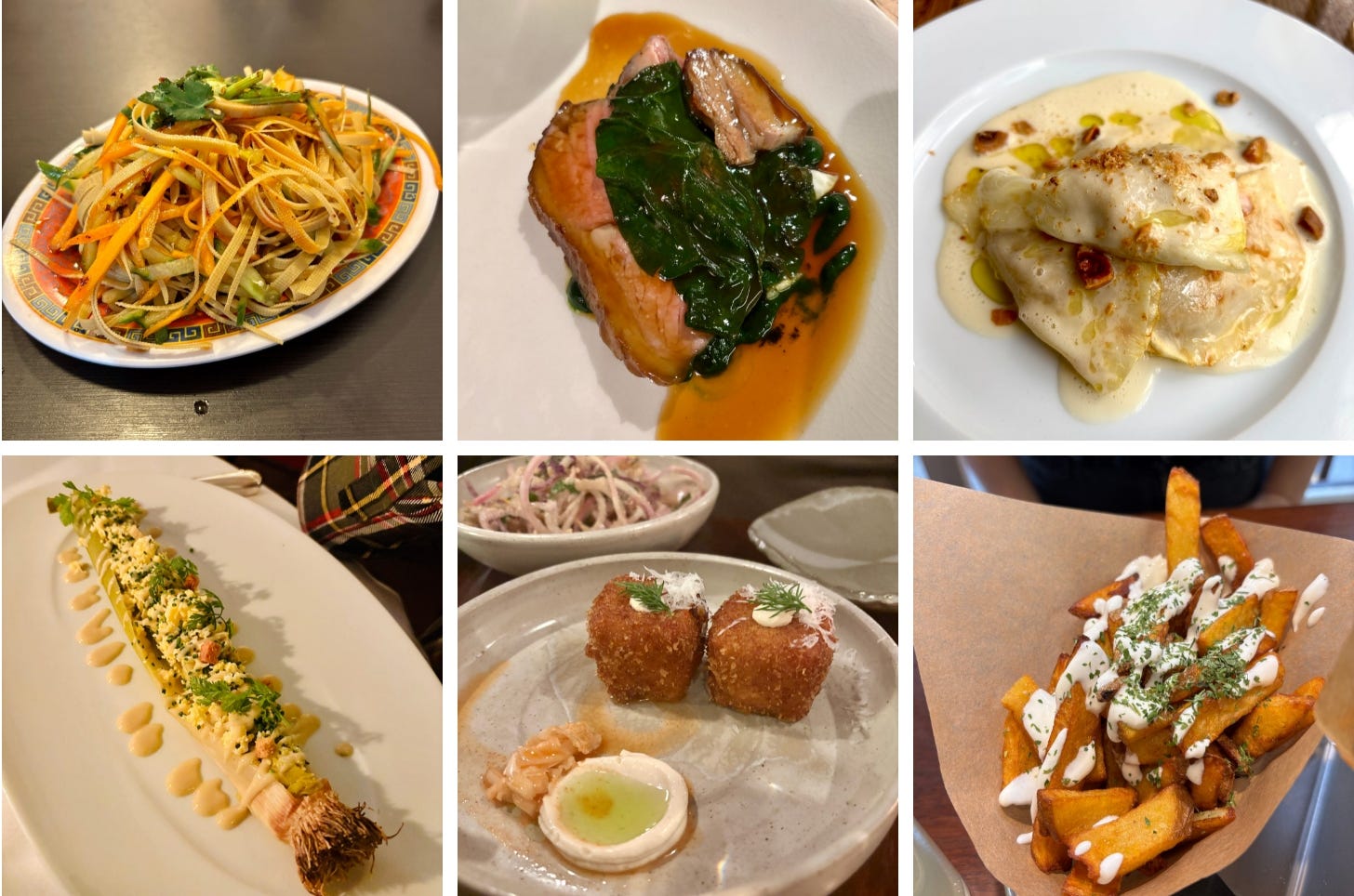 Shredded tofu salad at Shifu, Braised lamb with spinach and black sesame at Korus, Celery Root Ravioli at Recoin, Leek vinaigrette at Brasserie Fouquet's, Croquettes with squash, gochujang, and miso cream at Trâm, and French fries at Broche While there’s concern that tourism may be slumping in the U.S., everyone seems to be coming to Paris, and I’ve got lots of friends en route. I decided a few months ago to try a new restaurant every week (a few are shown, above…), which is hard because there are so many new and interesting places on my list, which include Le Réflet and Le Cornichon, as well as Tomo and Wani cafés/bakeries. However, I do know that it’s not a good idea to try new places with visitors because if they’re not good, it reflects badly on you. So I often go with tried and trues, sticking with the same three places that meet these three criteria: 1) The staff knows me. I’m in the midst of a cavalcade of visitors, friends and family that I’m happy to see, although I had to start a special calendar to keep track of all twelve (or is it fourteen?) of them who are here or are en route. And I may need to mix up my restaurant routine to keep things interesting. So if anyone has any other restaurant recommendations, especially ones that meet those three criteria, I’m all ears… -David LinksPeople ask me if I’m fluent in French, and I tell them that even French people aren’t fluent in French: Native French speakers failed to pass the language test for citizenship. Related: Only 1 in 3 Americans would pass the U.S. citizenship test. (The Guardian) Why making food videos for a living doesn’t cut it … at least financially. (Carla Lalli Music) Zut… Microsoft pulls the plug on Skype. (CBS) Which oil is best to cook with? (Washington Post/article unlocked) These 3-ingredient, high-protein bagels look legit. (What Molly Made) What French foods (and how) you can bring back to the States. (Forbes) USDA ends program that buys local produce for schools. (AP) Documentary on Marcella Hazan to hit the screen in May. (Variety) Higher cost of serving Beef bourguignon hitting restaurants in Paris hard. (NYT/article unlocked) I don’t think I’m their target audience, but guess there’s a market somewhere for fajita- and frozen pizza–flavored ramen? (General Foods, via Andrea Nguyen) Lynne Rossetto Kasper puts her cookware, dinnerware, cookbooks, and more (including her James Beard award!) on the auction block. (Revere Auctions, via Adam Roberts) French entrepreneur buys bankrupt Tupperware bringing it back to life in Europe. (RetailDetail) Books from FriendsSome of my friends and people I know have books coming out this spring. I’ve gotten previews of them, mostly via PDFs. I love physical copies of books, but there’s been a crackdown on customs and duties, so deliveries here have gotten a lot more expensive (guess someone has to pay the €1.5 billion bill for cleaning up the Seine so the athletes could dive into it), but I am excited to see these new book releases in whatever form they come in, and you may be too. Dorie’s Anytime Cakes is the gorgeous new book from everlasting baker Dorie Greenspan. This engaging guide to everyday cakes includes tried-and-true gâteaux, that go from round cakes and “cakes with corners” to bundts, babycakes, and salty (savory) cakes. There are also helpful baking tips, like how to deal with pesky oven hotspots, and for those who like to go rogue with recipes, Dorie offers up “Playing around” sidebars, in case you want to take the recipes in other directions. The Eater Guide to Paris is a new city guide, by Lindsey Tramuta, who was one of my most popular podcast guests when we talked about moving to, and living in, France: Her brand-new Paris guide is the latest in the Eater City Guide series. Everywhere is in here, from bistros to cafés, sandwicheries, cocktail bars (Spoiler: I make a guest appearance in the book), coffee shops, and pâtisseries. Lindsey has her finger on the pulse of what’s going on in Paris, as she wrote about in The New Paris, and this spring release comes out just in time to welcome every visitor to Paris. Adventures in the Louvre by Elaine Sciolino is her latest book that — like her others, La Séduction, The Only Street in Paris, The Seine — is a lens on one particular part of the city or culture, this time the Louvre. The museum can be intimidating (the building was once a fortress to protect kings). But with chapters that range from subjects such as The Most Famous Face in the World (yes, it’s about the Mona Lisa) to Exit Through the Gift Shop, the former Paris bureau chief for the New York Times covers the world’s best-known museum with a keen ability to dig a little beneath the surface to uncover what makes the Louvre such a unique part of Paris. Food Person by Adam Roberts is the story of a young woman down in the doldrums — fired from her job at a digital food media company, who’s offered the opportunity to ghost-write a cookbook for a television actress. The book is slated for release on May 20th (available for pre-order now) and is rumored in the entertainment world to be optioned for television. I’m staying tuned! I love Rachel Simons’ wonderful (and delicious) kiosk in NY’s Chelsea market, which is a must-stop for me, when I’m in New York, for a cup of tahini soft-serve ice cream with the best halvah you’ll ever taste. (Rachel is also one of the loveliest people I know.) Her book, Sesame: Global Recipes + Stories of an Ancient Seed, explores the world of sesame seeds. There are tahini-laced granola, pistachio breakfast bread with sesame strudel, and orange-sesame tuiles (from me!) in the book. If you love tahini, and anything sesame-related, this is the book for you. It’s been fascinating to see so many artisan ice cream shops opening around the world, and Malai Cookbook: Frozen Desserts Inspired by South Asian Flavors by Pooja Bavishi brings the Southeast Asian flavors from her ice cream shop in Brooklyn to ice-cream makers everywhere. My friend Paul Vitale insisted I go when I was in New York, and it did not disappoint — thanks, Paul! With 100 recipes in this collection, my ice cream machine is going to be humming all summer. The French Ingredient by Jane Bertch comes out in paperback! Jane is the owner of La Cuisine cooking school in Paris, and her best-selling book chronicles her life in Paris, from her reluctance to come, then marrying a Frenchman, to opening a French cooking school amidst a host of challenges — strikes, pandemics, troublesome neighbors, and demonstrations — and overcoming them all to welcome students from around the world. It’s out this week in paperback…pick up a copy and read it now, or save it for summer reading. The OG digital nomadic traveler, Nomadic Matt, has come out with his first book, How to Travel the World on $75 a Day. Unlike other budget travel guides, his tips aren’t just a bunch of fluff or obvious stuff. But real-world ways to travel that won’t break the budget. (One of my favorite tips is to live as you would at home — go to the supermarket, read a book in a café.) I’ve followed Matt for years and unlike travel “influencers,” Matt gives real-life, useful information, a distillation of twenty years of knowledge gleaned from traveling around the world on a budget. What Can I Bring? by Casey Elsass aims to answer the eternal question. What can you bring when asked to bring something to a party? The subtitle of the book—Recipes to Help You Live Your Guest Life, may win an award as best cookbook subtitle of the year. And inside, you’ll find 75 recipes from Casey, who’s co-written a number of cookbooks with chefs and bakers, with recipes such as Plum-Walnut Jam, Whipped Blue Cheese, or Subway cookies, that any hostess or host would be happy to be on the receiving end of. Last week, I was invited to chat on France24. Live TV is always a little scary for me because I’m never sure if I’m going to slip up and say something I’m not supposed to. But I think I made it through this one okay 😂 😂  You're currently a free subscriber to David Lebovitz Newsletter. For the full experience, upgrade your subscription. |
Tuesday, April 1, 2025
April 2025 Newsletter
Subscribe to:
Post Comments (Atom)

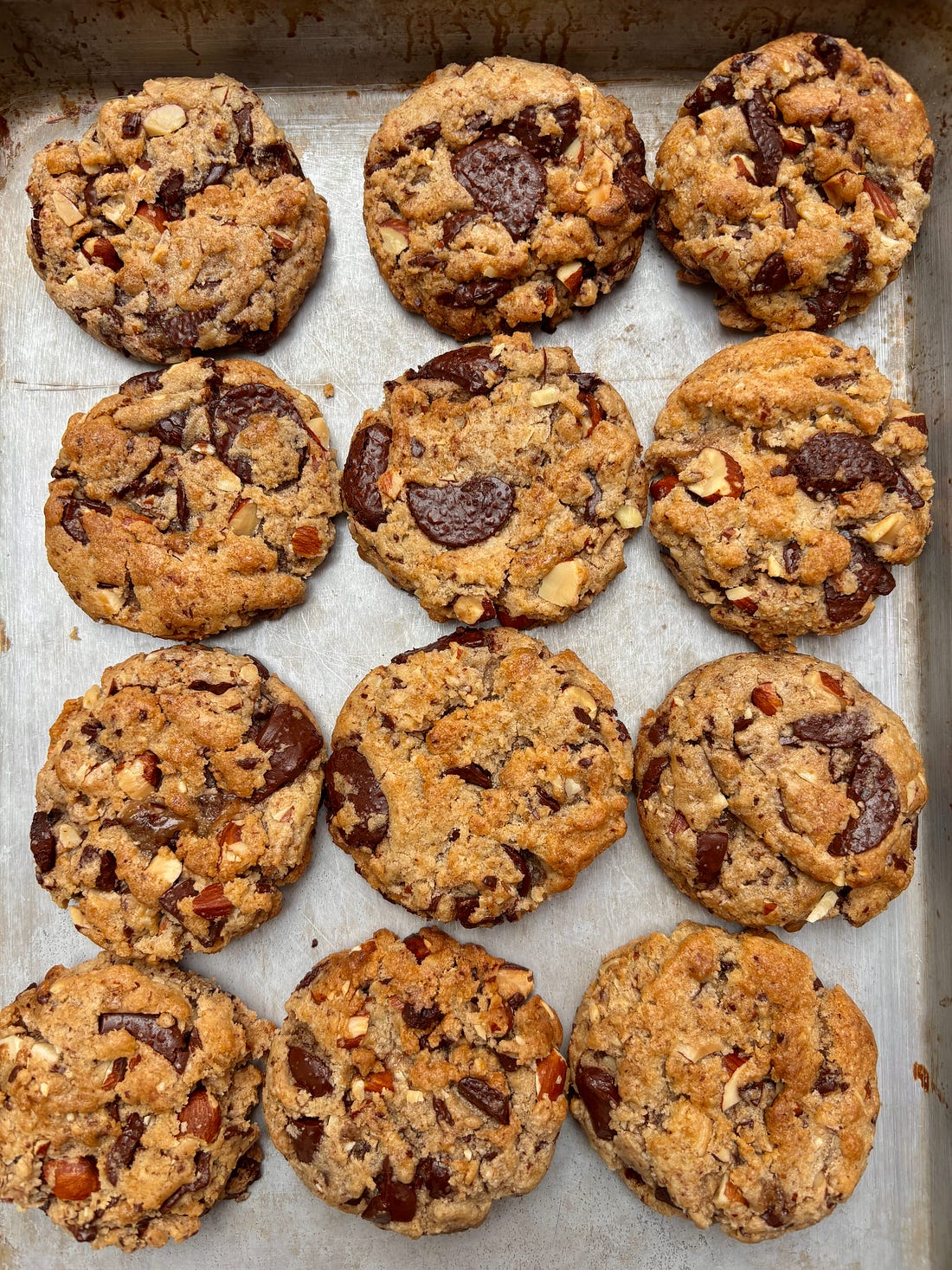



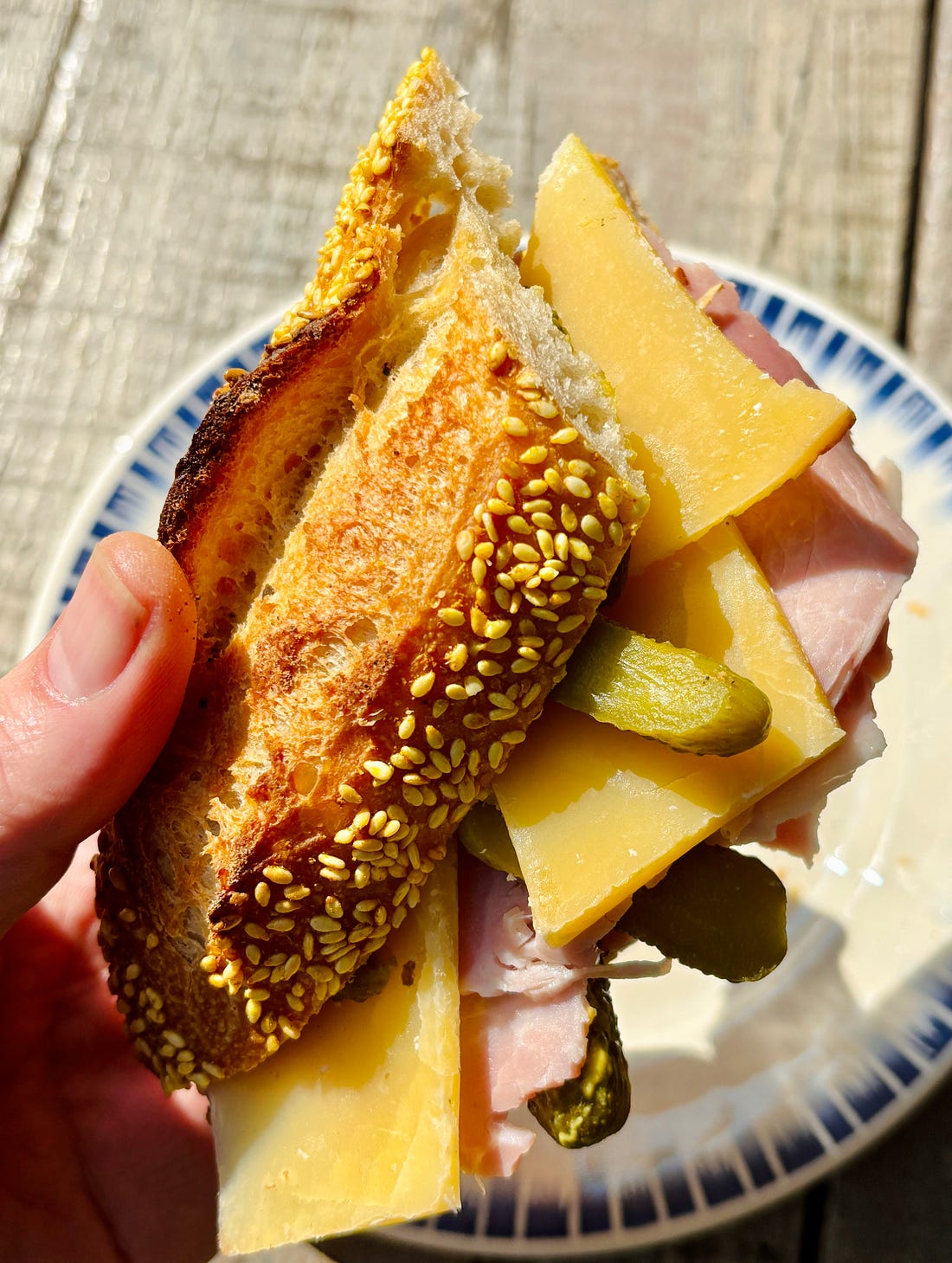
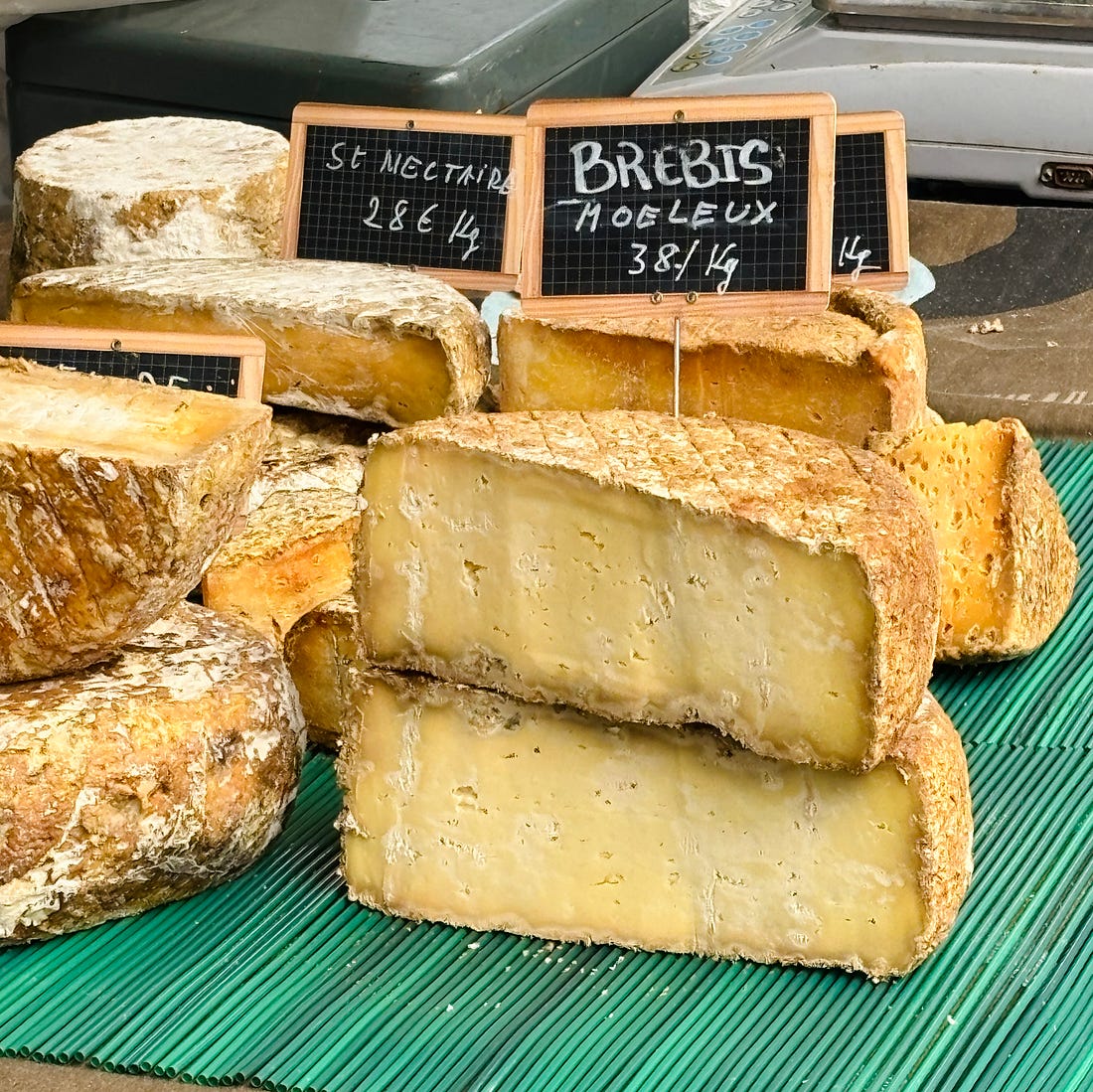
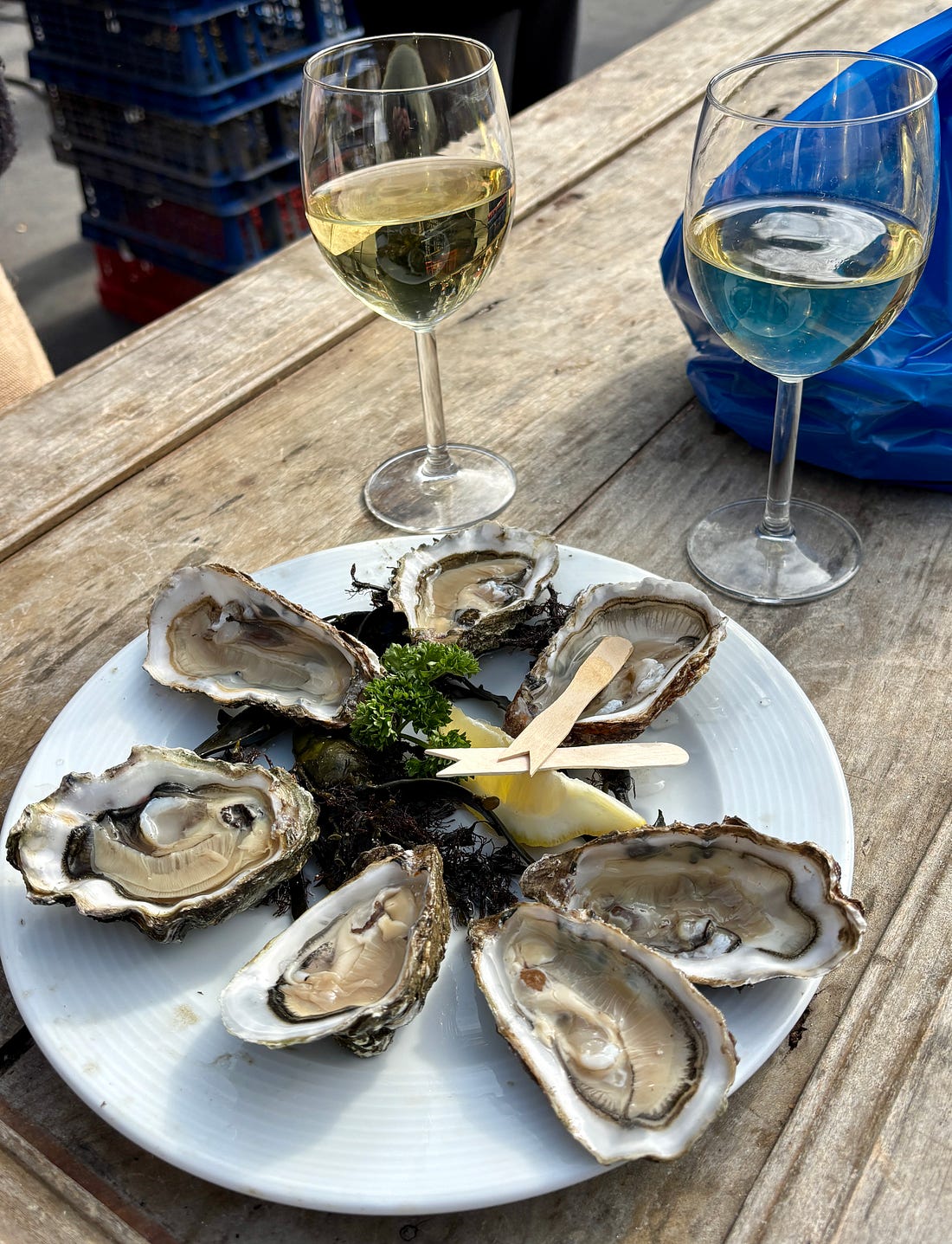

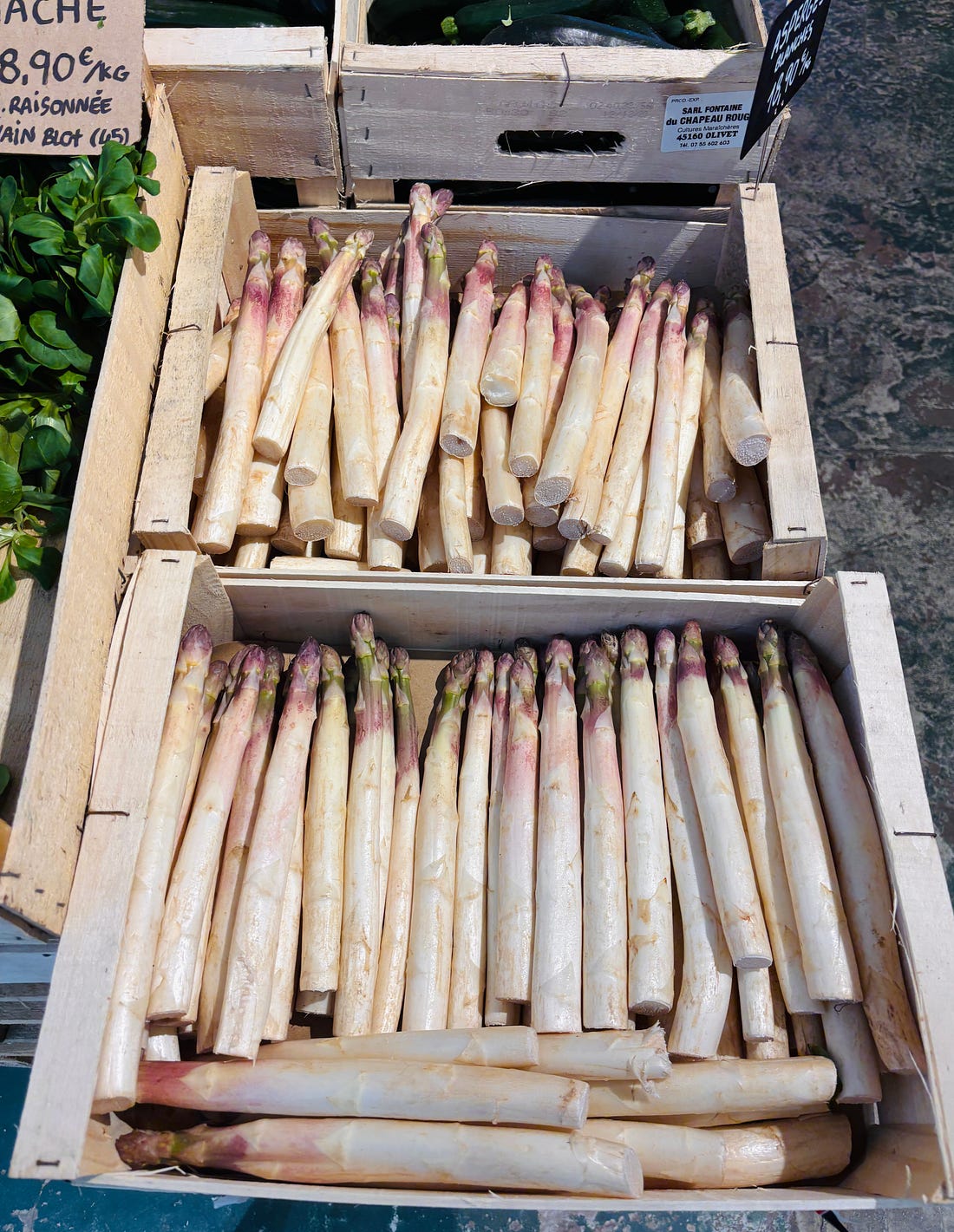
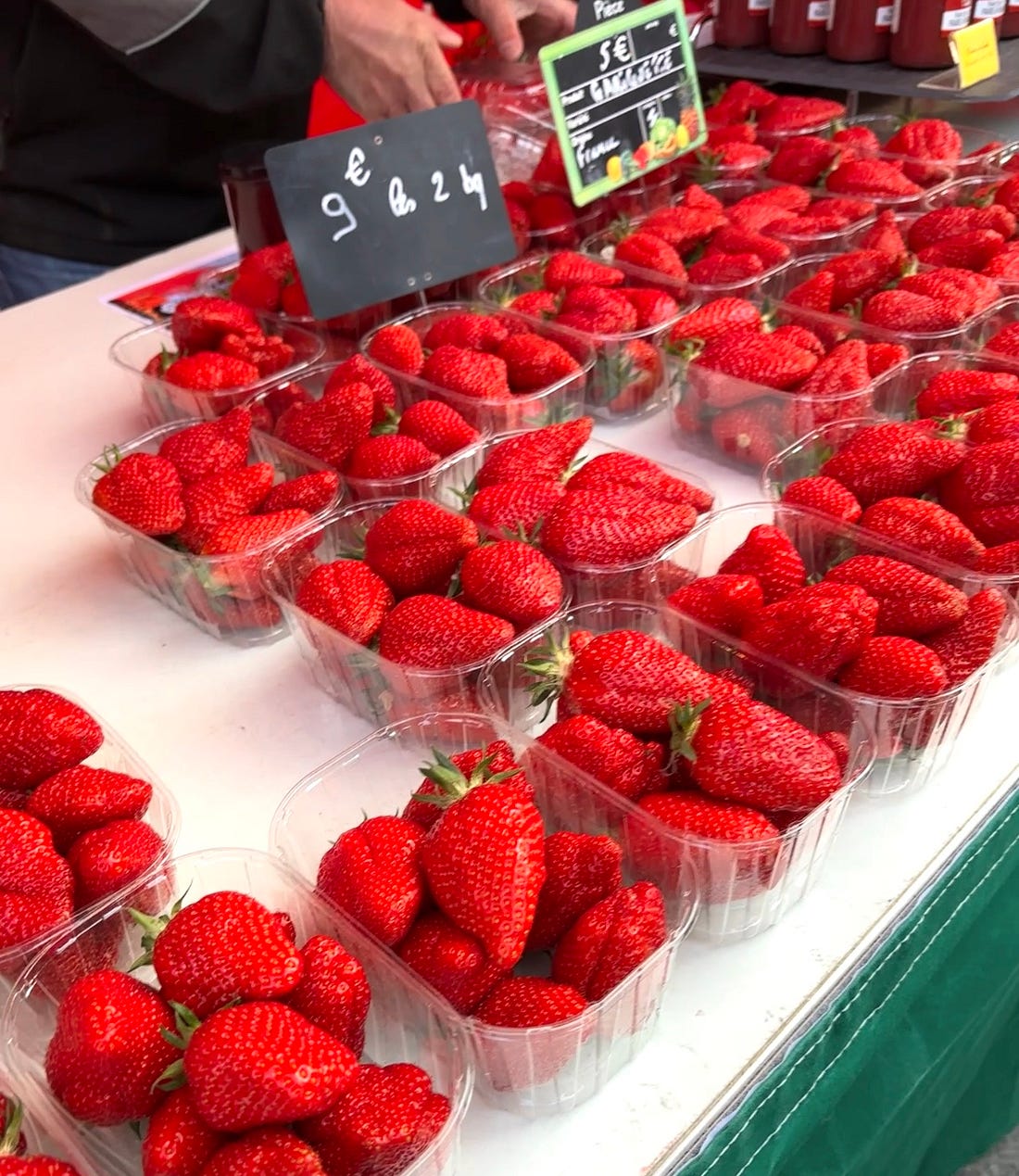

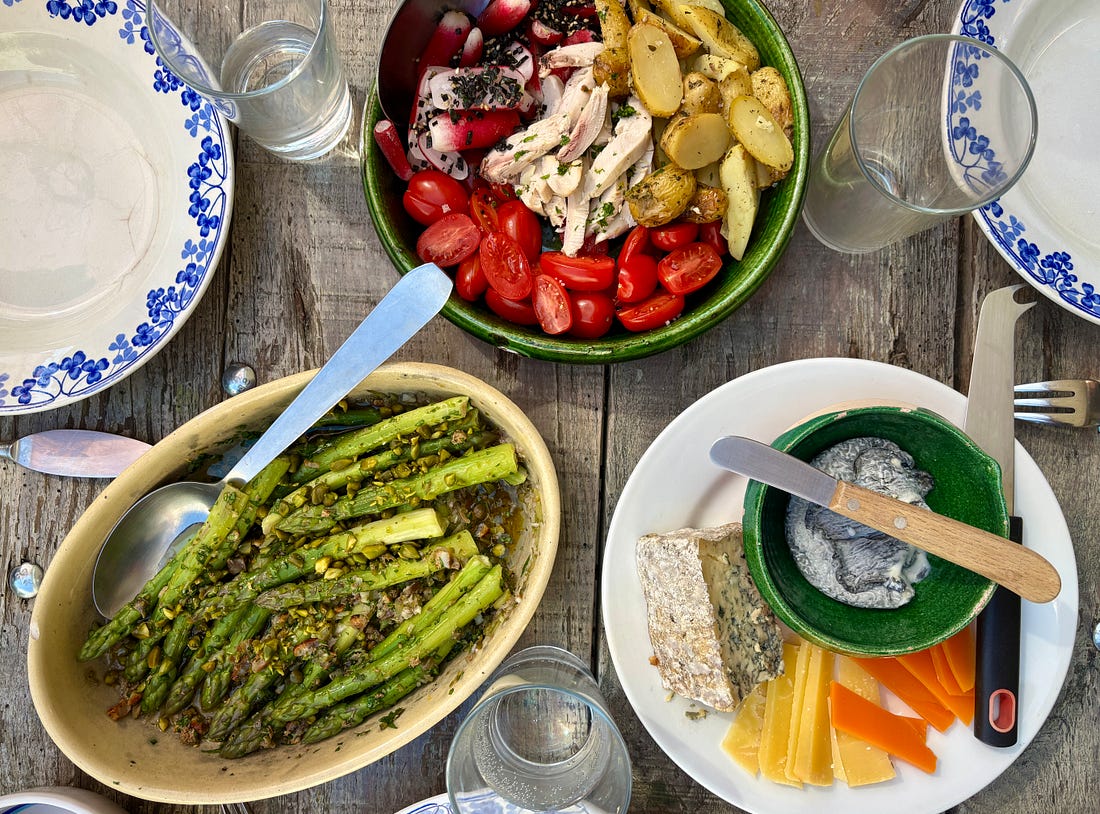

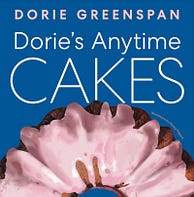


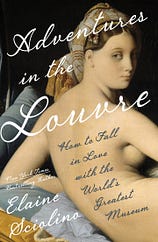

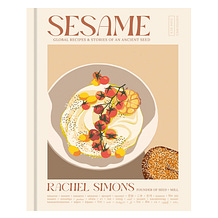
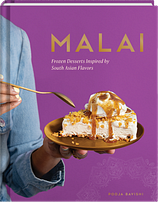
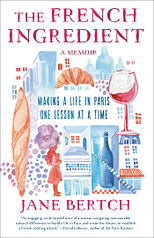
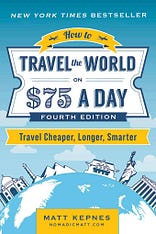
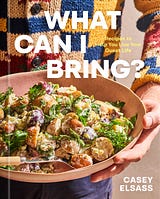


No comments:
Post a Comment